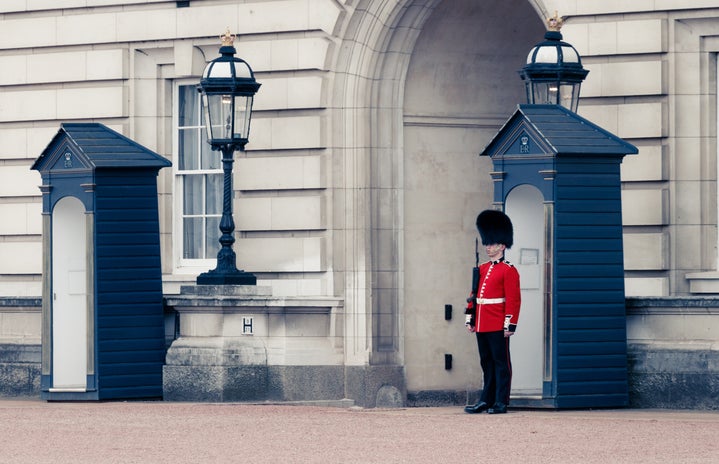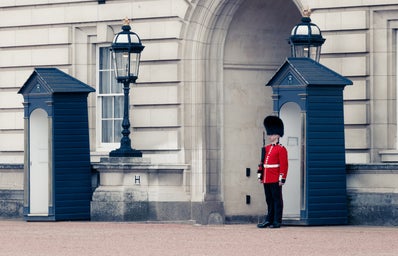I’d be surprised if you told me you didn’t learn about this Queen at primary school. She comes up everywhere, she even has a period of time named after her. She reigned for 63 years and oversaw an immense period of political, social and cultural change in Britain. Not only was she Queen of England, but also Empress of India.
Victoria’s journey to the crown was turbulent (as we have seen with all our queens – how fitting!). Born at Kensington Palace in 1819, Victoria was the daughter of Prince Edward and Victoria Saxe-Coburg-Saalfeld. Granddaughter to King George III, it was unlikely Victoria would succeed the crown due to the number of heirs in front of her. Yet, a plague of family tragedies meant that she was soon heiress to the throne.
Her childhood is known for being one of restriction, often documented in her diaries which can be found on display today in the royal archives at Windsor Castle. She was sheltered away from politics, kept at Kensington and shunned from the world. She was kept under the care of her governess, Lehzen, and their relationship was said to have been quite influential on young Victoria. She ascended the throne as Queen of England in June 1837.
It would be impossible to discuss Victoria without mentioning her relationship with her husband Albert. Marrying in 1840, Victoria and Albert had a deep-seated love for each other, one that was evident to everyone. Albert was always by her side. They championed each other and they loved each other, having nine children together over the 21 years of marriage. Yet, it is perhaps her period of mourning which she is best remembered for. Albert died in 1861 and Victoria entered a state of mourning which would last for the rest of her life. She withdrew from the public eye and introduced the colour black as the colour of mourning, something she wore exclusively for the remainder of her life.
Undoubtedly, widowhood marked the rest of her life until her death in 1901. When remembering Victoria, her life and legacy have been momentously influential on British life. She oversaw the expansion of the empire, championed people like Florence Nightingale and shaped how we see the monarchy today. She set fashion trends (most notably the white wedding dress), lead the country in a time of political upheaval and survived several assassination attempts. Until 2015, she was Britain’s longest reigning monarch and the longest queen regnant in history – talk about girl power! It is Victoria’s dedication to service, her land and people that make her so poignant not only in the history of Britain but also Europe.
For more information on Victoria check out Queen Victoria: Daughter, Wife, Mother and Widow by Lucy Worsley
If you fancy a trip, I would highly recommend visiting Kensington Palace in London. It is one of my favourite places to go and it takes you on a complete journey of Victoria’s life: the room she was born in, her diaries and even a locket of her hair! Plus, a window into the lives of some other royals!


